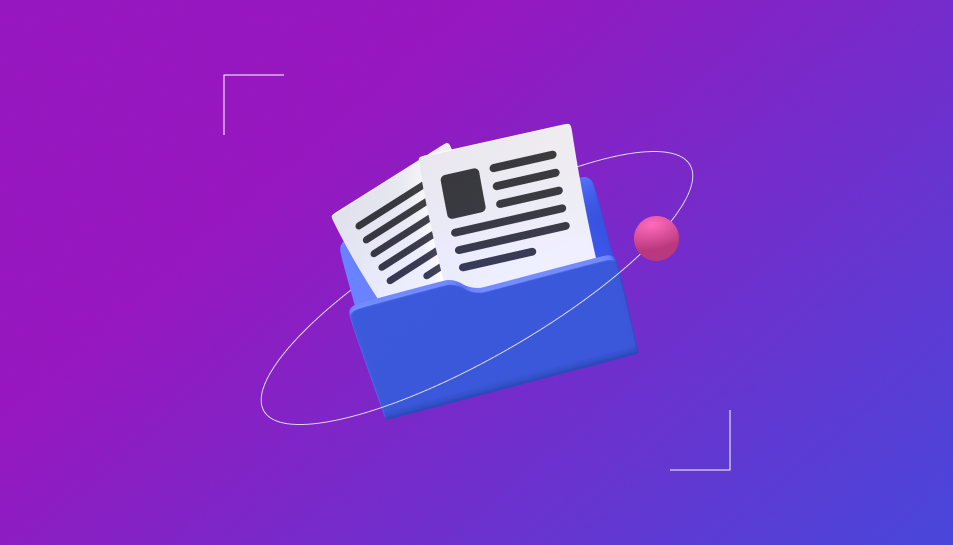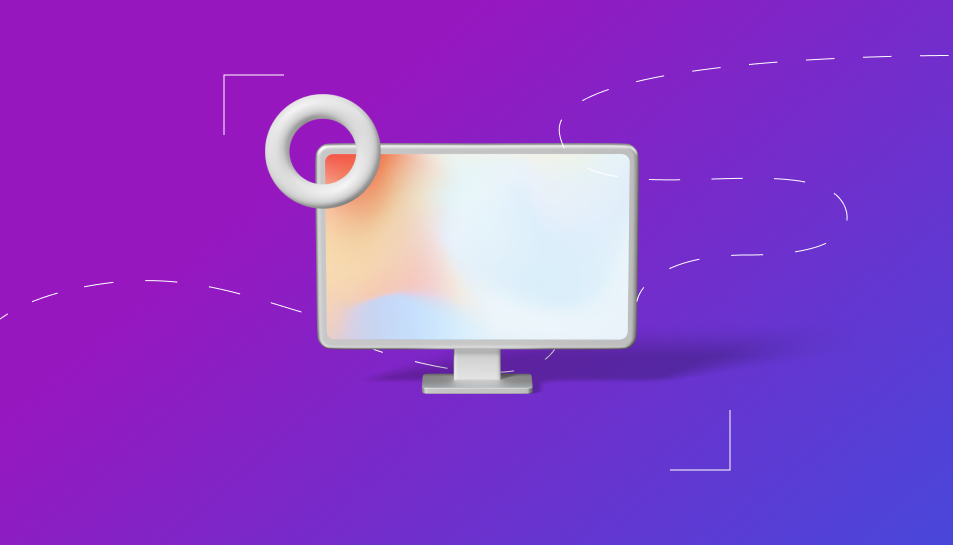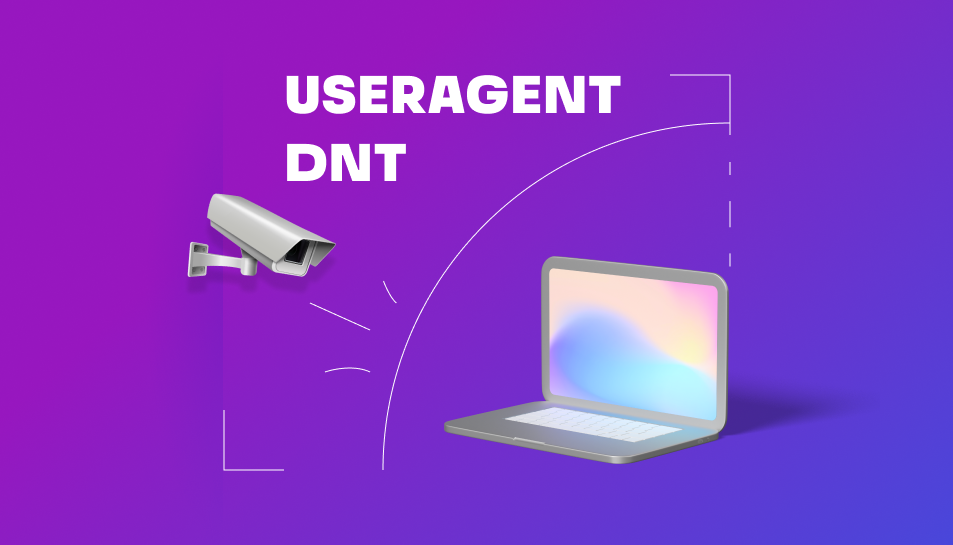
iece opens a series of articles dedicated to online anonymity. Here, we will analyze user identification methods (in other words: how sites and social media track your actions and collect personal data) consistently and in simple language. We will also provide a step-by-step plan to protect your data without supercomplex tools. We wrote this text with the help of ChatGPT. If you have any experience in this field, you found some inaccuracy in the article, or you want to thank us — feel free to do it in the chat of the official Proxy Store Telegram channel.
The most popular ways to identify users
The list below can seem complicated and unclear but do not rush to close the text — you do not have to be a coder to figure out how it all works.
Browser information
- Useragent
Storages
- Cache (ETag)
- Web storage
- Cookies (Web cookies, LSO Cookies, Evercookies)
- HSTS Super cookies (HTTP Strict Transport Security)
Connection and location
- IP address
- DNS (Domain Name System)
- WebRTC
- Geo position
Fingerprints
- Fingerprint Canvas
- Browser Fingerprint
Let’s look at the first group — browser information.
How to prevent sites from collecting personal data via browser
Useragent (UA) is a program element. It is a kind of «fingerprint» using which (together with the IP, for example) it is easy to identify a user. With useragent data, you can find out, for example, browser name and version, language, device type, operational system name and version, etc.
There are several reasons to use Useragent:
- to show you resource data correctly: various browser versions render (visualize) pages in different ways, and coders take this fact into account when providing browsers with the necessary scripts and styles
- and to find out your device data
This parameter can be changed for professional tasks: marketing and SEO experts, designers, etc.
How to stay anonymous with Useragent
Method 1: using User-Agent Switcher or its analogs
It is an extension that allows «masking» Google Chrome as Internet Explorer, Opera, or any other browser.
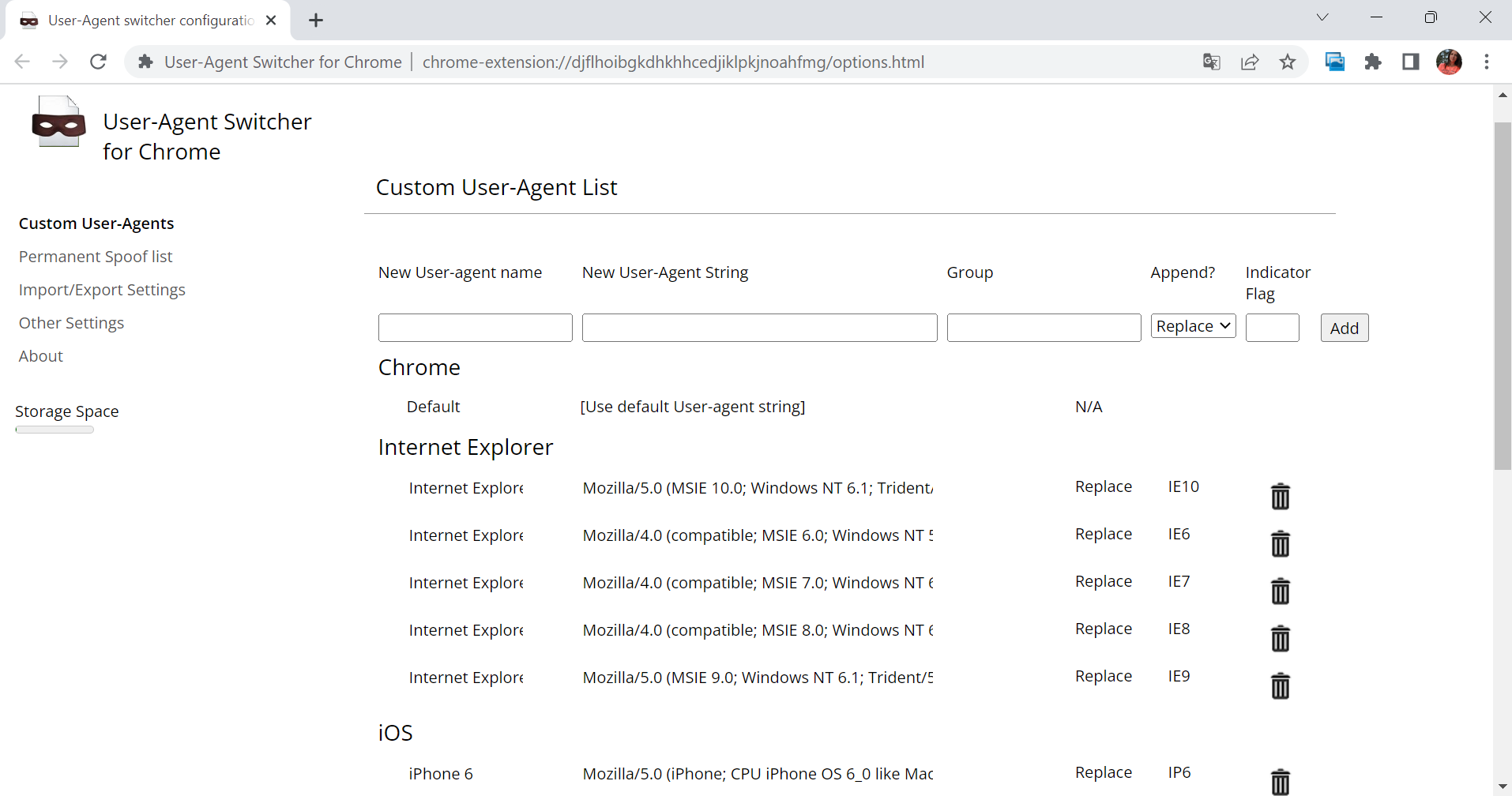
Install it, open the main menu, and change the data in the line to the required ones. There are also other plague-ins that you can find in your browser extension store.
Method 2: changing Useragent manually
2.1 Google Chrome
Right-click the shortcut you use to launch your browser, go to its properties from the context menu, and add the following text to the Target line:
--user-agent="add Useragent here"
Be careful, as the key reads: hyphen user hyphen agent, and so on. Web transforms double hyphens into one dash.

Click OK and launch Chrome.
You can also hold Win and R buttons simultaneously and enter chrome --user-agent="add Useragent here" to the dialog box. Be careful, as the key reads: hyphen hyphen user hyphen agent, and so on. Web transforms double hyphens into one dash.
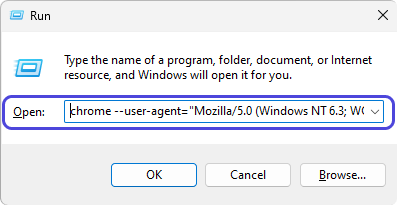
2.2 Opera
In Opera, click the address bar and enter the following address (or copy the line below and paste it into the search bar):
opera:config#UserPrefs|CustomUser-Agent
Set the required value of the user-agent line in the Custom User-Agent field that appears. Scroll the window downwards and save the changes.
 Important: this option is disabled in newer Opera versions, for example, in build 43.0. If it is your case, use the first method: install the User-Agent Switcher extension.
Important: this option is disabled in newer Opera versions, for example, in build 43.0. If it is your case, use the first method: install the User-Agent Switcher extension.
Another method — open Developer Tools with Ctrl + Shift + I (or through the menu: Opera > Development > Developer Tools).
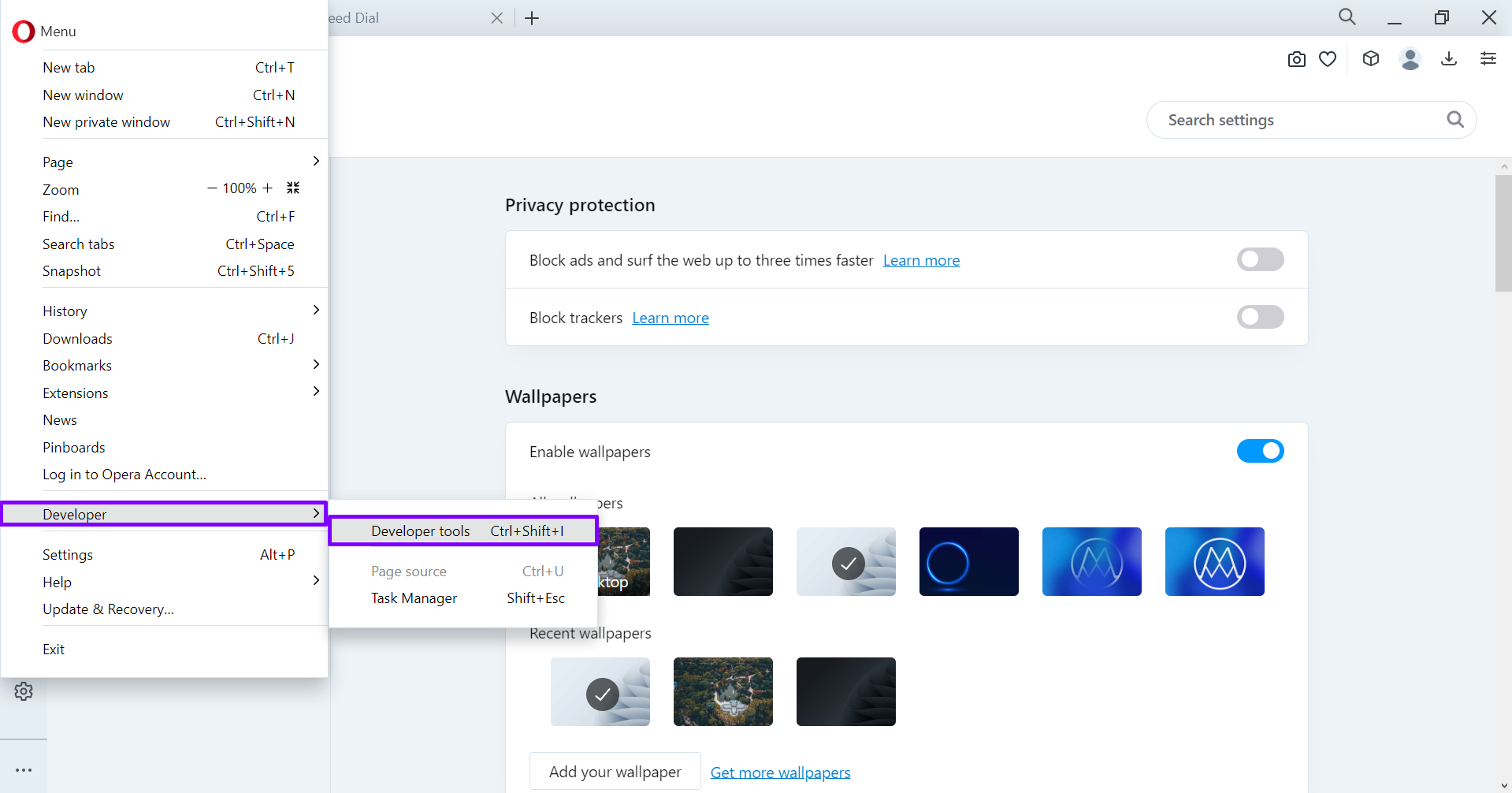
Click three vertical dots in the upper right corner of the Developer Tools menu. Select More Tools and then Network Conditions in the window.
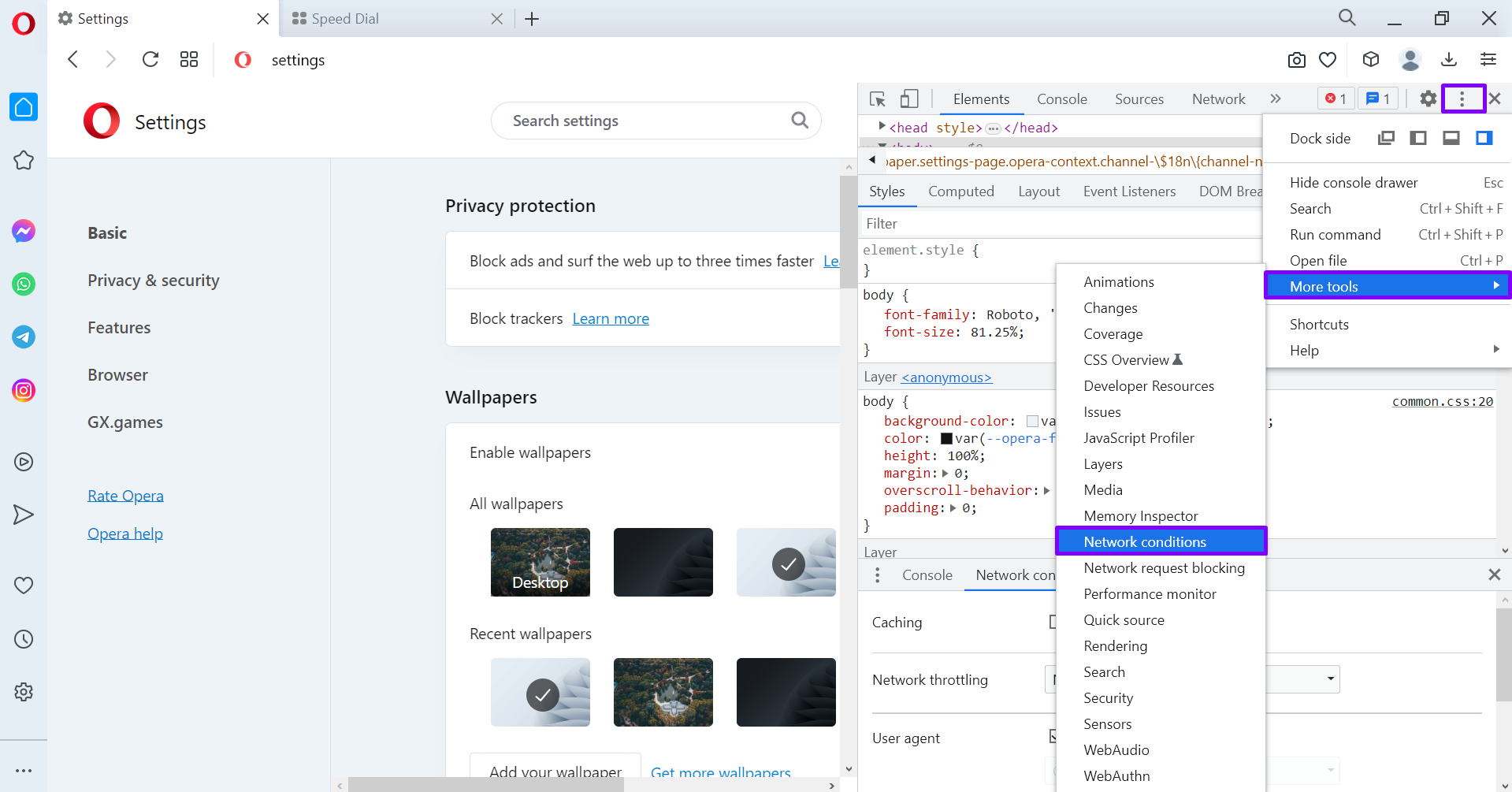
Uncheck the Use browser default option in the User Agent field.

Click Custom and select the required browser. You can also add your value to the text box below the drop-down list.
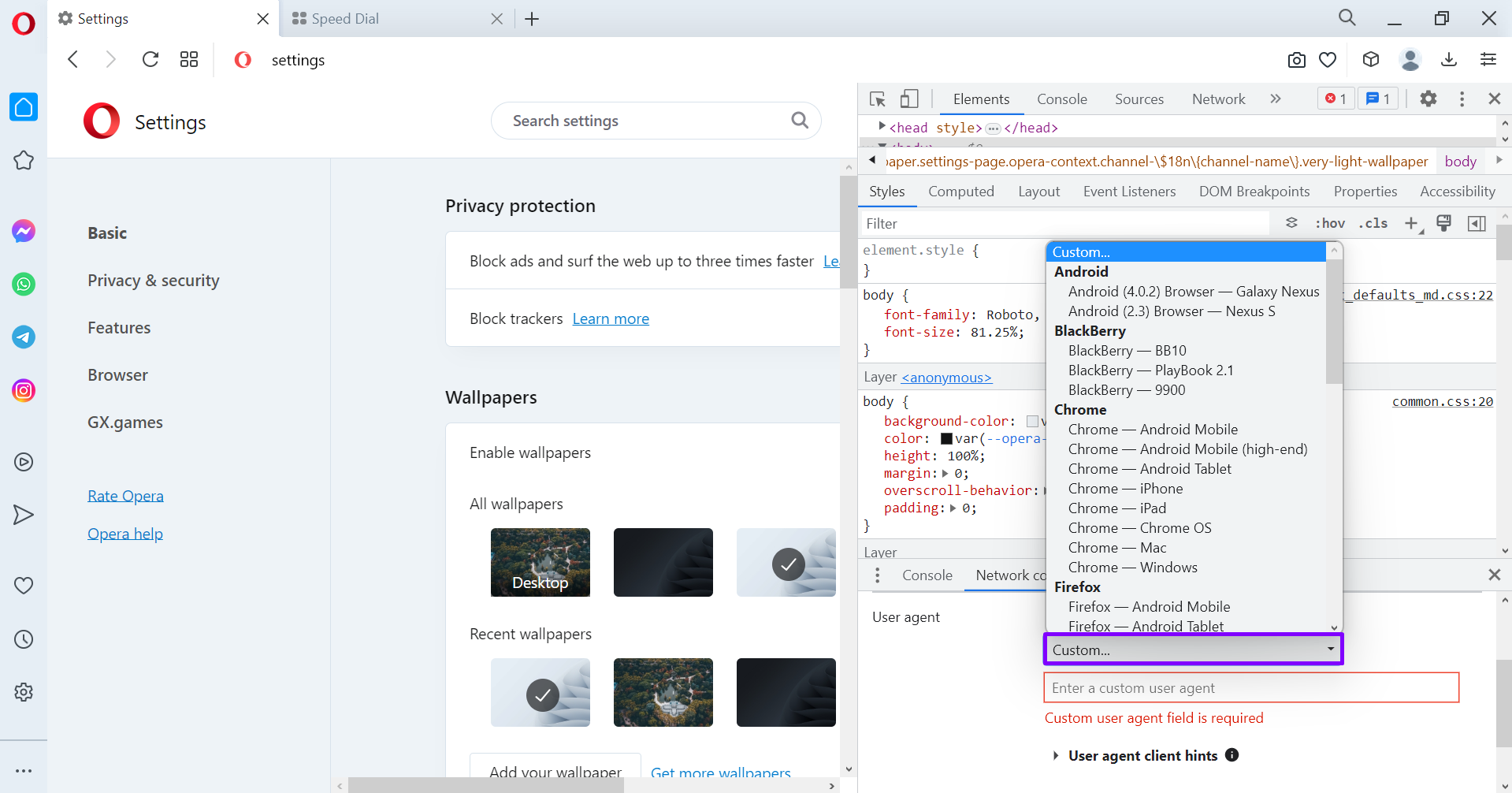
There are different browsers in the drop-down list + you can select a version: Desktop or Mobile. You can restore the default value the same way at any moment.
2.3 Apple Safari
Go to the Preferences and enable Develop Menu Bar.
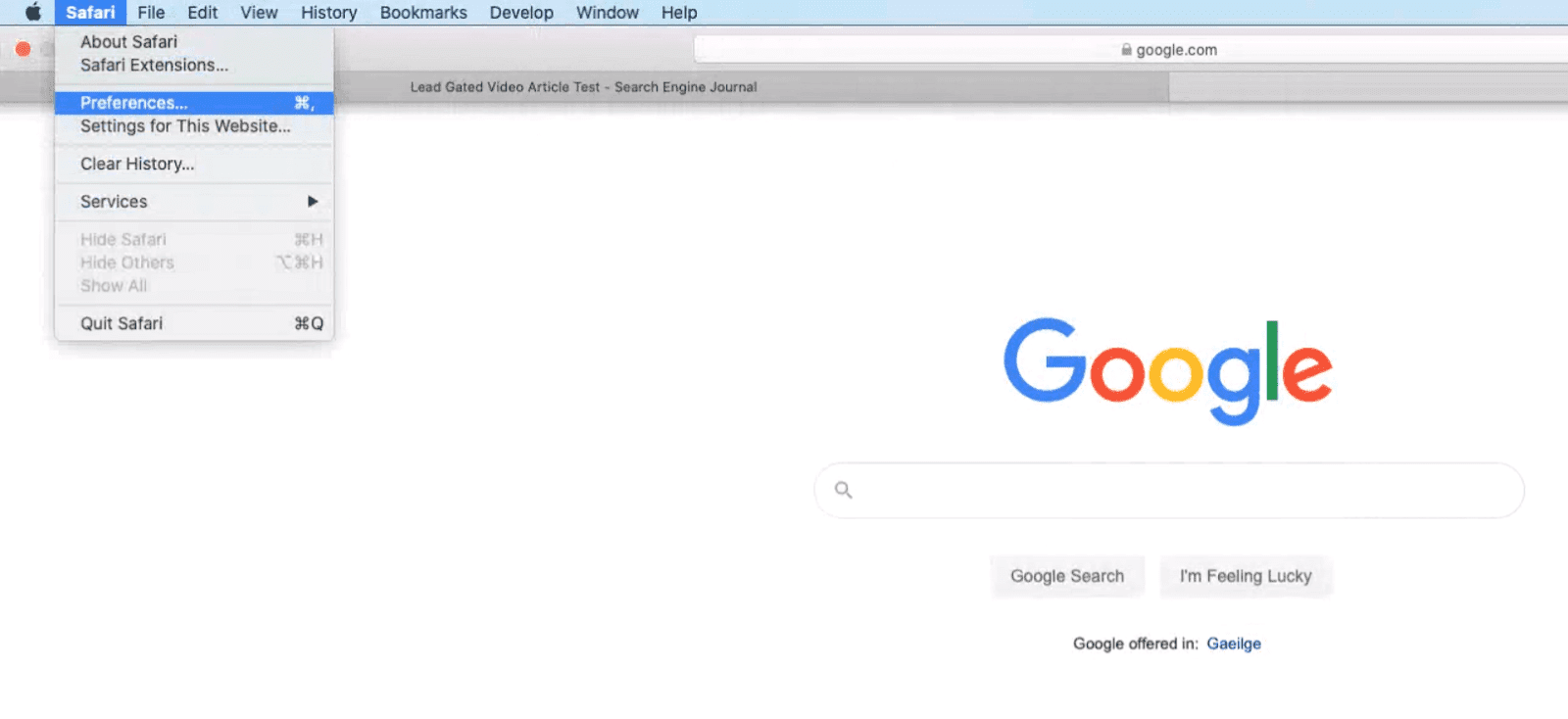
Go to the Advanced section and check the Show Develop menu in the Menu Bar.

Go to the Develop section > User-Agent. Next, you can either select the required browser from the drop-down list or open the Other menu and enter your value in the box.
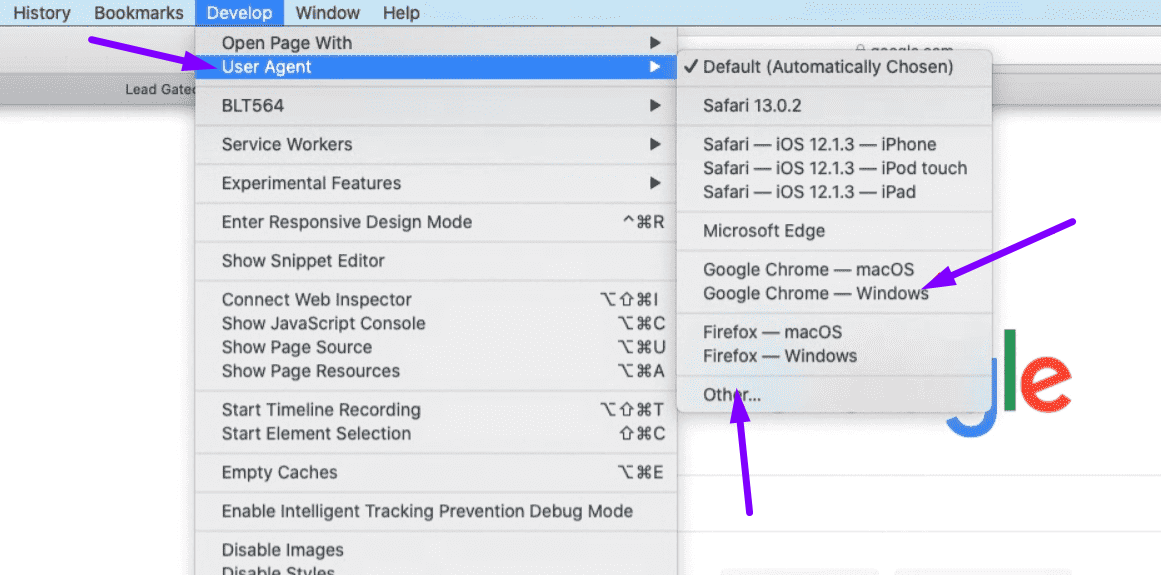

Examples of Useragent lines
Desktop browsers:
- Mozilla Firefox 36 (Win 8.1 x64): Mozilla/5.0 (Windows NT 6.3; WOW64; rv:36.0) Gecko/20100101 Firefox/36.0
- Google Chrome 53 (Win 10 x64): Mozilla/5.0 (Windows NT 10.0; WOW64) AppleWebKit/537.36 (KHTML, like Gecko) Chrome/53.0.2785.116 Safari/537.36
- Google Chrome 40 (Win 8.1 x64): Mozilla/5.0 (Windows NT 6.3; WOW64) AppleWebKit/537.36 (KHTML, like Gecko) Chrome/40.0.2214.115 Safari/537.36
- Opera 40 (Win 10 x64): Mozilla/5.0 (Windows NT 10.0; WOW64) AppleWebKit/537.36 (KHTML, like Gecko) Chrome/53.0.2785.101 Safari/537.36 OPR/40.0.2308.62
- Opera 12.17 (Win 8 x64): Opera/9.80 (Windows NT 6.2; WOW64) Presto/2.12.388 Version/12.17
- Apple Safari 5.1 (Win 8 x64): Mozilla/5.0 (Windows NT 6.2; WOW64) AppleWebKit/534.57.2 (KHTML, like Gecko) Version/5.1.7 Safari/534.57.2
- Internet Explorer 11 (Win 10 x64): Mozilla/5.0 (Windows NT 10.0; WOW64; Trident/7.0; .NET4.0C; .NET4.0E; rv:11.0) like Gecko
- Internet Explorer 11 (Win 8.1 x64): Mozilla/5.0 (Windows NT 6.3; WOW64; Trident/7.0; ASU2JS; rv:11.0) like Gecko
- Microsoft Edge (Win 10 x64): Mozilla/5.0 (Windows NT 10.0; Win64; x64) AppleWebKit/537.36 (KHTML, like Gecko) Chrome/46.0.2486.0 Safari/537.36 Edge/13.10586
Mobile browsers:
- iPhone: Mozilla/5.0 (iPhone; CPU iPhone OS 6_0 like Mac OS X) AppleWebKit/536.26 (KHTML, like Gecko) Version/6.0 Mobile/10A5376e Safari/8536.25
- Android 2.3.5 (Philips W632): Mozilla/5.0 (Linux; U; Android 2.3.5; ru-ru; Philips W632 Build/GRJ90) AppleWebKit/533.1 (KHTML, like Gecko) Version/4.0 Mobile Safari/533.1
Tablets:
- iPad: Mozilla/5.0 (iPad; CPU OS 6_0 like Mac OS X) AppleWebKit/536.26 (KHTML, like Gecko) Version/6.0 Mobile/10A5376e Safari/8536.25
Search engines:
- Yandex: Mozilla/5.0 (compatible; YandexBot/3.0; +http://yandex.com/bots)
- Google: Mozilla/5.0 (compatible; Googlebot/2.1; +http://www.google.com/bot.html)
- Bing: Mozilla/5.0 (compatible; bingbot/2.0; +http://www.bing.com/bingbot.htm)
- Yahoo! Slurp: Mozilla/5.0 (compatible; Yahoo! Slurp; http://help.yahoo.com/help/us/ysearch/slurp)
- Mail.ru: Mozilla/5.0 (compatible; Linux x86_64; Mail.RU_Bot/Fast/2.0; +http://go.mail.ru/help/robots)
What else can you do to protect your data
Enable DNT (Do Not Track)
It is an HTTP header allowing you to bypass third-party tracking of your activities. If you activate DNT in your browser, you can notify them you do not want to be tracked. If a third party supports the DNT system, it will not track you or place cookies in the browser to get your data.
Remember: DNT is a voluntary technology. If a third-party company supports it, it will not track the actions of the user (add cookies to the browser to collect data) who enabled this option. Otherwise, your actions will be tracked. Everything here is based on trust.
How to activate DNT in your browser
Follow the instructions below:
- Google Chrome: open your browser > Settings > Privacy and security > Cookies and other site data. Activate the toggle next to the Send a «Do Not Track» request with your browsing traffic.
- Mozilla Firefox: open your browser > Options > Privacy & Security. You need the Send websites a «Do Not Track» signal meaning you do not want to be tracked. Activate the checkbox for Always.
- Microsoft Edge: open your browser > Settings > Privacy, Search, and Services. Find the Send a «Do Not Track» requests option and activate the toggle.
- Apple Safari: open your browser > Preferences > Privacy. Find the Ask websites not to track me option. Check this option
- Opera: open your browser > Settings > Privacy & Security > Cookies and other site data. Activate the toggle for Send a "Do Not Track" request with your browsing traffic option.
Of course, you cannot become completely invisible online. However, you can get closer to anonymity. And you do not have to be the hacker to do so. Try to implement some of the recommendations right after reading the article.
In future publications, we will discuss data storages and how to clean them — do not miss them.


